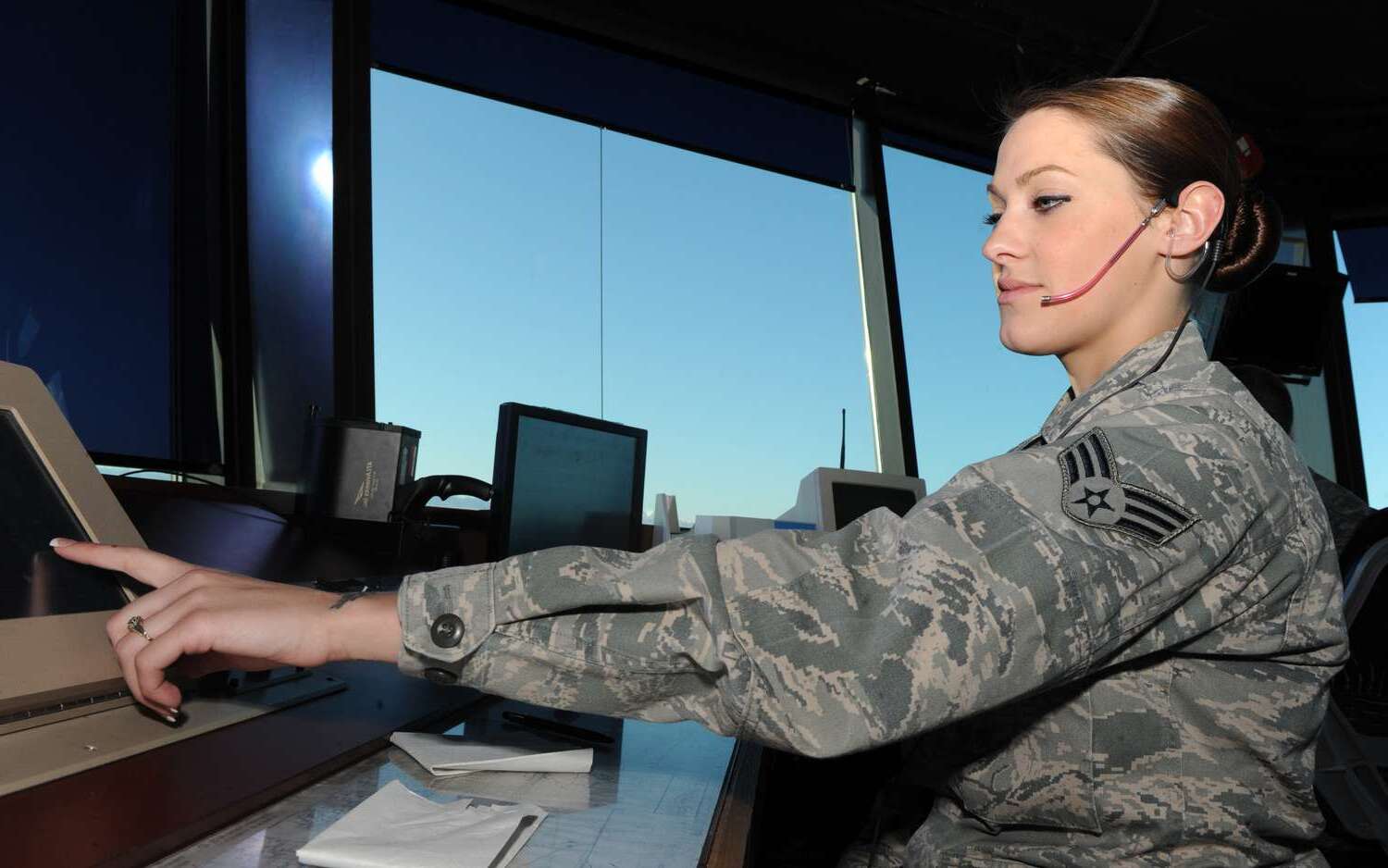
Ever wondered how planes manage to fly safely in the sky without colliding? The answer lies in the sophisticated world of air traffic control equipment. These tools are the unsung heroes ensuring that every flight reaches its destination without a hitch. From radar systems tracking aircraft movements to communication devices keeping pilots and controllers in sync, air traffic control equipment is vital. Imagine a giant, invisible web guiding planes through the air. This web is made up of various technologies working together seamlessly. Ready to learn some intriguing facts about these incredible systems? Buckle up and let's take off into the world of air traffic control!
Key Takeaways:
- Air traffic control equipment, like radar systems and communication tools, ensures safe and efficient air travel by tracking aircraft and guiding pilots during takeoff and landing.
- Ground control equipment and emergency systems play a crucial role in managing aircraft movements on the ground and handling unexpected situations to ensure safety in air travel.
Understanding Air Traffic Control Equipment
Air traffic control (ATC) equipment ensures safe and efficient air travel. Controllers rely on various tools to manage aircraft movements, communicate with pilots, and monitor weather conditions. Here are some fascinating facts about this essential technology.
Radar Systems
Radar systems are the backbone of air traffic control, providing real-time data on aircraft positions and movements.
- Primary Radar: Uses radio waves to detect objects. It sends out a signal that bounces off aircraft, allowing controllers to see their location.
- Secondary Radar: More advanced than primary radar. It communicates with transponders on aircraft, providing additional information like altitude and identification codes.
Communication Tools
Effective communication between pilots and controllers is crucial for safe air travel.
- VHF Radios: Very High Frequency (VHF) radios are the primary means of communication. They operate in the 118-137 MHz range, ensuring clear voice transmissions.
- Data Link Communication: Allows text-based messages between pilots and controllers. This reduces radio congestion and minimizes misunderstandings.
Navigation Aids
Navigation aids help pilots determine their position and stay on course.
- VOR Stations: VHF Omnidirectional Range (VOR) stations transmit signals that aircraft can use to determine their bearing relative to the station.
- ILS Systems: Instrument Landing Systems (ILS) guide aircraft during landing. They provide precise lateral and vertical guidance to ensure safe landings in poor visibility.
Surveillance Technologies
Surveillance technologies enhance the ability to track and manage aircraft.
- ADS-B: Automatic Dependent Surveillance-Broadcast (ADS-B) uses GPS signals to provide accurate position data. It improves situational awareness for both pilots and controllers.
- MLAT: Multilateration (MLAT) uses multiple ground stations to triangulate an aircraft's position. It offers a backup to radar systems and enhances coverage in areas with limited radar.
Weather Monitoring
Weather conditions significantly impact flight safety and efficiency.
- Doppler Radar: Detects precipitation and wind patterns. It helps controllers predict severe weather and guide aircraft around dangerous conditions.
- AWOS/ASOS: Automated Weather Observing Systems (AWOS) and Automated Surface Observing Systems (ASOS) provide real-time weather data. They monitor temperature, wind speed, visibility, and other critical factors.
Ground Control Equipment
Ground control equipment manages aircraft movements on the ground, ensuring safe taxiing and takeoff.
- Surface Movement Radar: Tracks aircraft and vehicles on the airport surface. It helps prevent runway incursions and collisions.
- Runway Lighting Systems: Essential for night and low-visibility operations. They include edge lights, centerline lights, and approach lighting systems to guide pilots during takeoff and landing.
Emergency Systems
Emergency systems are in place to handle unexpected situations and ensure safety.
- ELTs: Emergency Locator Transmitters (ELTs) activate during a crash. They send distress signals to help search and rescue teams locate the aircraft quickly.
The Final Word on Air Traffic Control Equipment
Air traffic control equipment plays a crucial role in keeping our skies safe. From radar systems to communication tools, each piece ensures planes navigate smoothly and avoid collisions. Transponders help controllers track aircraft, while ILS (Instrument Landing Systems) guide pilots during landings, especially in poor visibility. ADS-B technology is revolutionizing how aircraft are monitored, providing real-time data to improve safety and efficiency. Weather radar systems alert pilots to severe weather, helping them make informed decisions. Navigation aids like VOR and DME provide essential location information. Ground control equipment ensures safe taxiing and runway usage. Understanding these tools gives us a greater appreciation for the complex system that keeps air travel safe. Next time you fly, remember the technology and people working tirelessly behind the scenes. Safe travels!
Frequently Asked Questions
Was this page helpful?
Our commitment to delivering trustworthy and engaging content is at the heart of what we do. Each fact on our site is contributed by real users like you, bringing a wealth of diverse insights and information. To ensure the highest standards of accuracy and reliability, our dedicated editors meticulously review each submission. This process guarantees that the facts we share are not only fascinating but also credible. Trust in our commitment to quality and authenticity as you explore and learn with us.


